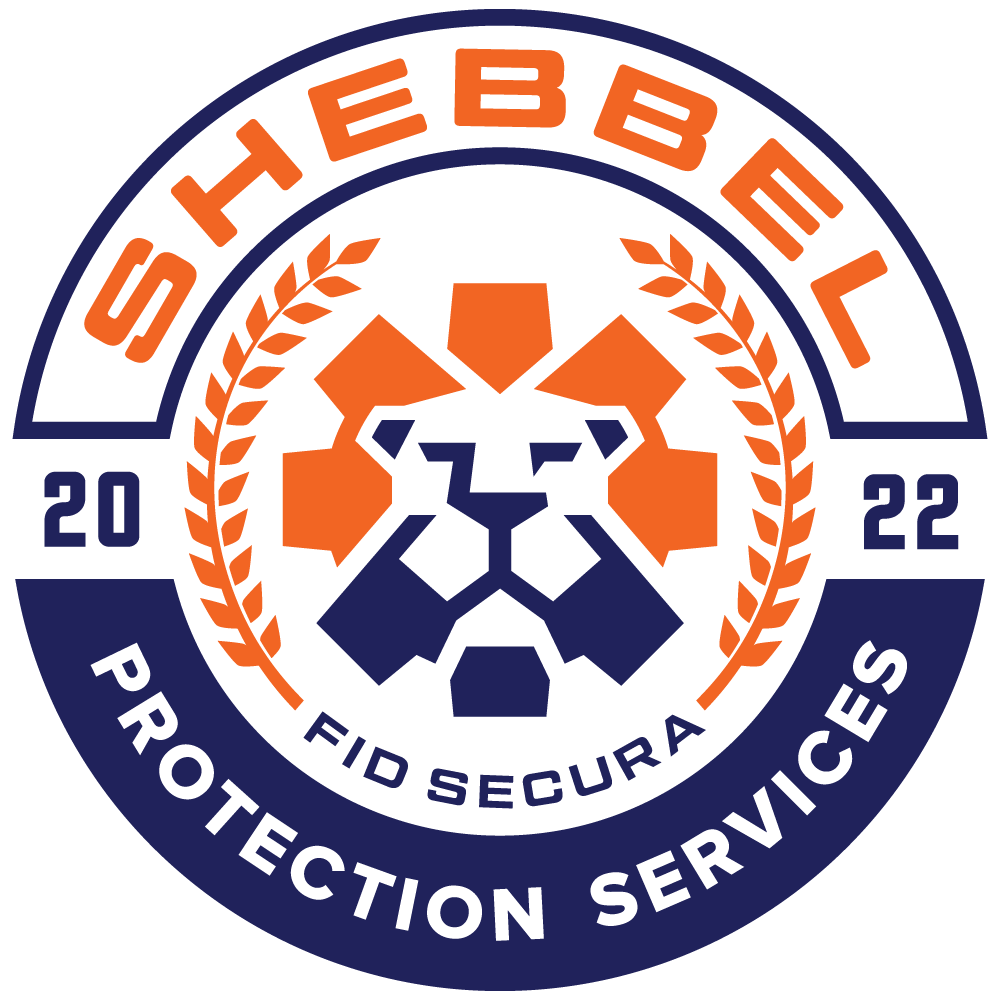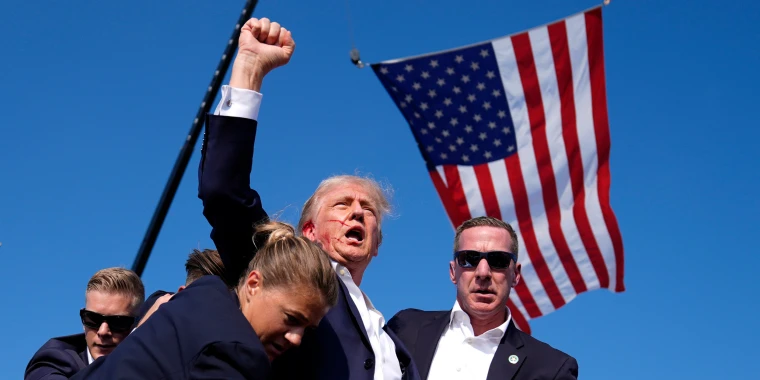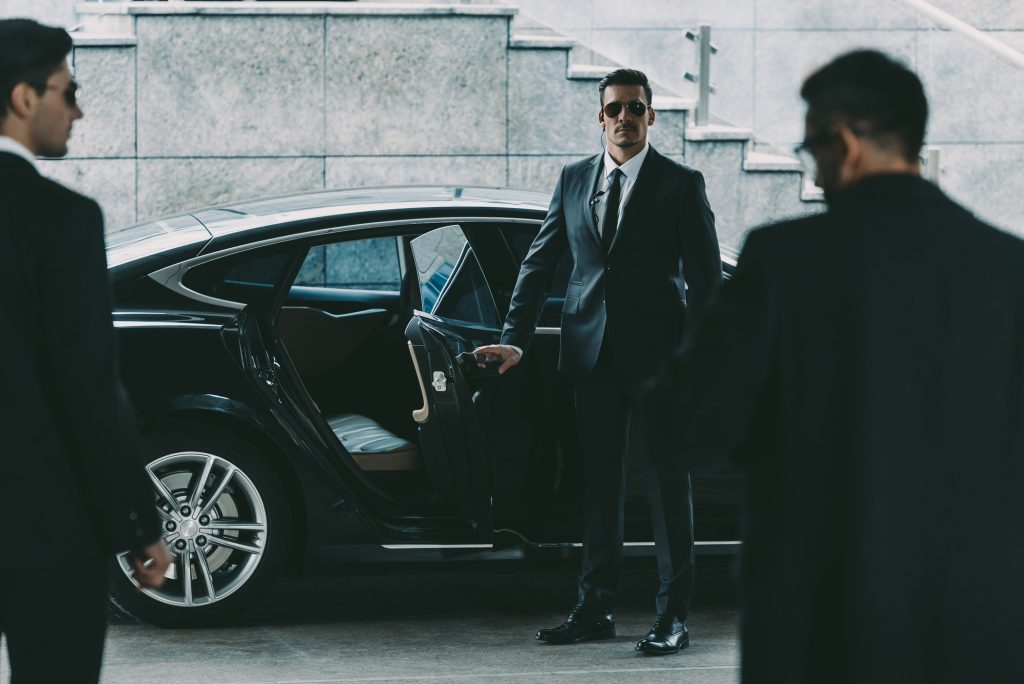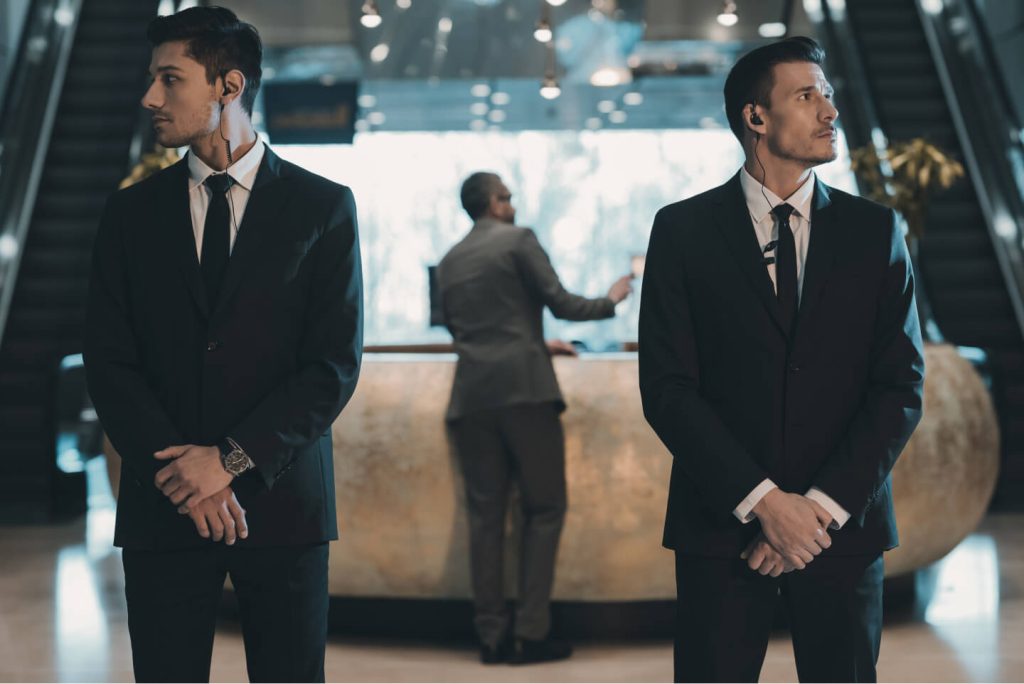It was a scene that could have been pulled from a political thriller, yet it unfolded in reality. During a high-profile event, a would-be assassin penetrated multiple layers of security to take a several shot at former President Donald Trump. This shocking incident revealed significant security failings and incompetence and ignited a nationwide debate around unity, security ineptitude and a broad range of conspiracy theories.
The Incident
The gunman, Thomas Matthew Crooks, 20, of Bethel Park, Pa., was killed by Secret Service agents after firing multiple shots from a rooftop just outside the rally venue, about 152 yards from the GOP presidential nominee. Crooks grazed Trump’s ear with a bullet, killed one attendee, and injured two others.
Members of the Secret Service’s countersniper and counterassault teams were at the rally and placed on rooftops near the stage, but Secret Service Director Kimberly Cheatle told ABC News that no agent was placed on the building the shooter climbed because it had a “sloped roof.” Cheatle explained in an interview aired Tuesday, “That building, in particular, has a sloped roof at its highest point, and so there’s a safety factor that would be considered there, that we wouldn’t want to put somebody up on a sloped roof. So, you know, the decision was made to secure the building from inside.”
That reasoning has faced heavy criticism, especially since Secret Service snipers, part of the heavily armed counterassault team with the code name “Hawkeye,” were positioned on another sloped roof. The team’s responsibility is to eliminate threats so agents on the ground can protect and evacuate the person they are guarding. Another Secret Service countersniper team, code-named “Hercules,” was also at the rally to handle long-range threats. In fact, the assassin was in a perfect position with a line of sight directly at Trump and the sloped roof provided several key advantages including:
- Elevated Position: A sloped roof offers a high vantage point, allowing the shooter to have a clear line of sight over a large area. This elevation makes it easier to see and target individuals from a distance.
- Reduced Visibility: The slope of the roof can help the shooter remain hidden from view. The incline can obscure the shooter from being seen by people at ground level or by security personnel scanning the area.
- Wide Field of Fire: From a high and sloped position, the shooter can cover a wide range of targets and move their aim more freely compared to being at ground level or in a confined space.
- Cover and Concealment: The structure of a sloped roof, including potential chimneys, vents, and architectural features, can provide cover and concealment, making it difficult for security forces to pinpoint the shooter’s exact location. The slope likely obscured his presence, making it difficult for the counter-sniper teams to spot him from their own elevated positions.
These factors combined can make a sloped roof an advantageous position for an assassin looking to carry out an attack while minimizing the risk of being immediately detected and neutralized.
Local law enforcement agencies were tasked with securing areas around the venue that didn’t require attendees to go through magnetometers for screening. Officers told BeaverCountian.com that a lack of manpower and “extremely poor planning” were to blame for endangering Trump. Three snipers were stationed inside the building the shooter climbed, monitoring the rally through windows, but no one was placed on the roof, according to local law enforcement officers.
Crowd members spotted the shooter
Crowd members spotted the shooter on the roof approximately several minutes before shots were fired. They attempted to alert law enforcement, but the response was delayed.
When a police officer climbed up to the roof to investigate, the gunman turned and pointed his rifle at him. But the officer did not — or could not — fire a single shot and retreated down the building. Seconds later 5 shots from the would-be-assassin were fired.
In her ABC interview, Cheatle confirmed, “There was local police in that building — there was local police in the area that were responsible for the outer perimeter of the building.”
The Secret Service, part of the Department of Homeland Security, is responsible for protecting current and former presidents, presidential candidates, and sometimes foreign dignitaries. This role involves extensive coordination with local law enforcement, with both teams typically working together to secure events for major presidential candidates like Saturday’s rally.
Security Failings of The Inner Circle
How Can The Lapse of Security Services Be Explained?
Former agent Olson described an outdoor event with large crowds as “one of the most challenging and potentially risky environments to secure.”
He added that “fatigue” or “complacency” might have caused security teams to lower their guard.
Air Force Army veteran and YouTuber Mike from the MrGunsnGear Channel shares his perspective on the Secret Service’s failure and provides a breakdown of what went wrong. He highlights critical lapses in security, such as the absence of counter snipers on the Water Tower (the highest vantage point). Additionally, Mike notes concerns about the Inner Circle security team, which predominantly consisted of petite female statues tasked with protecting the president’s substantial profile from bullets.
Most notably, he highlights the inexplicable manner in which the assassin managed to access the sloped roof building, situated just 120 meters away from President Trump.
Hanlon’s Razor
Hanlon’s razor is a heuristic principle that suggests never attributing to malice what can be adequately explained by incompetence or ignorance. In the context of security lapses such as the one described, Hanlon’s razor could be applied to suggest that the failure to secure the event properly was more likely due to oversight, inadequate planning, or human error rather than intentional malfeasance or sabotage. For instance:
- Lack of Counter Snipers on the Water Tower: Instead of assuming a deliberate decision to neglect this critical vantage point, Hanlon’s razor would suggest considering the possibility of oversight or a failure in risk assessment.
- Composition of the Inner Circle Security Team: Rather than suspecting a deliberate choice to rely on statues for protection, Hanlon’s razor would point towards a lack of effective security strategy or the concept of DEI (diversity, equity, and inclusion) in the hiring process rather than on physical characteristics, training and competence.
By applying Hanlon’s razor, the emphasis shifts from assuming malicious intent to addressing systemic issues, human errors, or gaps in protocols that contributed to the security lapse.
Whether due to deliberate malice or sheer incompetence, it is evident that substantial changes are imperative within the leadership of Homeland Security and the management team of the Secret Service. Such a critical lapse in security demands accountability and a reassessment of leadership to ensure robust measures are in place to safeguard against similar incidents.





